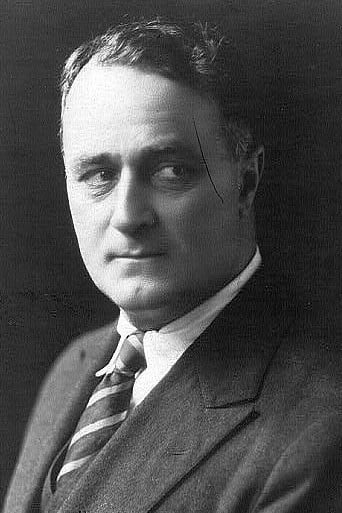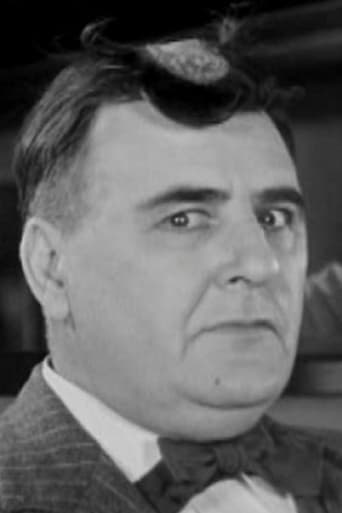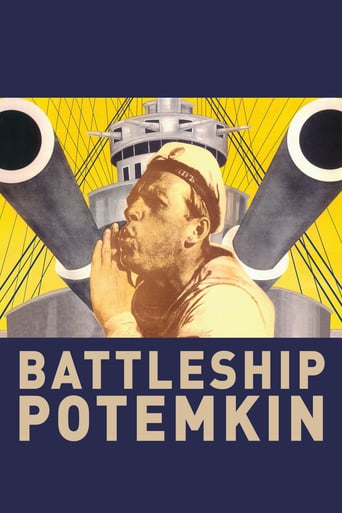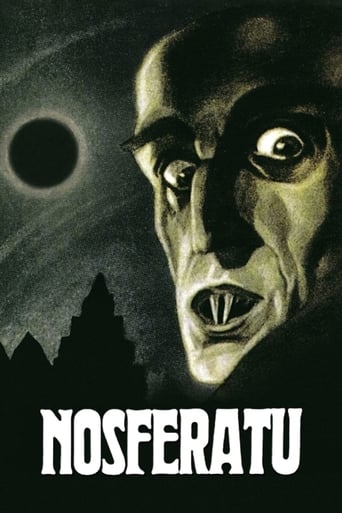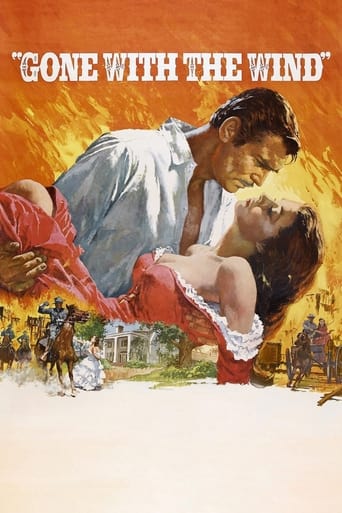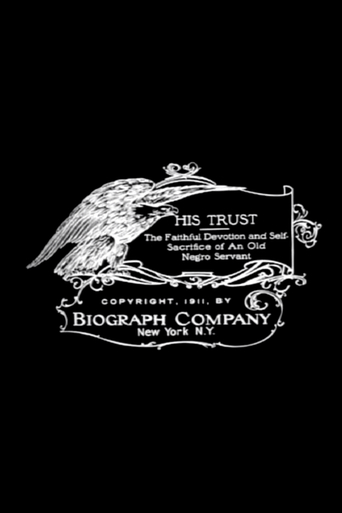

His Trust (1911)
A Confederate officer is called off to war. He leaves his wife and daughter in the care of George, his faithful Negro servant. After the officer is killed in battle, George continues in his caring duties, faithful to his trust.
Watch Trailer
Cast
Similar titles

Reviews
Highly Overrated But Still Good
best movie i've ever seen.
This is a coming of age storyline that you've seen in one form or another for decades. It takes a truly unique voice to make yet another one worth watching.
It's the kind of movie you'll want to see a second time with someone who hasn't seen it yet, to remember what it was like to watch it for the first time.
His Trust is not particularly remarkable as Griffith Civil War shorts go, except for one aspect. Along with its sequel His Trust Fulfilled, it features the only heroic black character in all his films. That's not to let Griffith off the hook for the appalling racism of Birth of a Nation this is still a rather patronising portrayal, not to mention the ridiculous use of white actors in blackface. However it is further proof that Griffith was not an out-and-out racist, and it even hints tentatively at miscegenation.Throughout Griffith's dozen or so Civil War shorts he made while at Biograph you can see the battle scenes evolving. In the one here, the emphasis is more upon chaos than heroism. It's an important development, although Griffith never quite mastered the depiction of war as tragedy he could never get away from trying to make action sequences exciting. Still, there is some good staging here, with Griffith foregrounding individual soldiers being shot against the backdrop of gun smoke, making the casualties stand out and appear real.The battle sequence is brief however, and you can see what Griffith is really trying to develop here is the emotional angle. Unfortunately, while the family scenes are given prominence, they are not done especially well. The scene of the soldiers going off to war is actually a step backwards from the very similar one in his previous civil war film In the Border States. The shot composition is rather messy, and you barely notice Claire McDowell slipping indoors, distraught. Another weakness is that Griffith fails to visually introduce Wilfred Lucas' character. The significance of the "old Negro servant" is mentioned in the opening title, but in his first scene he is shoved to the side of the frame, and the all important moment where the trust is given takes place half on and half off screen.The standout moment in His Trust is towards the end, where the mother and daughter watch their home burn to the ground. It's said that Griffith invented the face in cinema. Well, he probably also invented the back. As in The Unchanging Sea, this is a good example of how he faces actors away from the camera to convey sadness with the subtlety of their body language. There's also a great bit of emotional punctuation as the house finally comes crashing down. However, this well-staged moment is not enough to save what is overall a rather dull picture.
In this story, Negro servant "George" is asked to look after his master's wife and child when he ("Colonel Frazier") goes off to war. Soon, the master is killed in the Civil War. It's bad enough the man died, but then the heartless Yankees came and looted the house and burned it down. George goes into the fire and retrieves the small child and the Frazier's sword - a sentimental piece offered to his wife after her husband's death. George, the woman and child - all homeless - then find a shack and poor George has to sleep outside. End of story.Wilfred Lucas played "George;" Dell Henderson, "Col. Frazier" and Claire McDonald played Frazier's wife. She had a very square face that reminded me a bit of Demi Moore. For a film made in 1911, I thought the battle scenes were pretty good and were probably considered "big production" at that time.I know the obvious flaw of having all white actors play the black people will turn off a lot of viewers but that's the way it was for the first three decades or so in film-making, and you just accept it as a "product of its time." Otherwise, this was a decent little drama for when it was made and that ending, with George curling up on the front steps to sleep, was very powerful, I thought.
Subtitled "The faithful devotion and self-sacrifice of an old Negro servant", this early film portends the director D.W. Griffith's future "Birth of a Nation". When the Civil War breaks out, Confederate Del Henderson goes into battle, leaving his wife (Claire McDowell) and daughter in the hands of their beloved slaves. Patriarch of the household slaves is George (Wilfred Lucas); among other things, he plays "horsey" with the child by letting her ride on his back. When Yankees try to burn down the Master's house, George must spring into action. However intentioned, "His Trust" is a racist film. The loyal slaves are played by white actors in "black-face" makeup, and they look ridiculous. Didn't Griffith know any real "People of Color"; or, he didn't think they could act? Weren't there any darker skinned people in the USA who could play these roles? ** His Trust (1/16/11) D.W. Griffith ~ Wilfred Lucas, Claire McDowell, Dell Henderson
This D.W. Griffith short feature, the first of a two-film series, has some good technical aspects, but the story and characters are a bit too labored and contrived to be fully convincing. The content is a combination of two themes that Griffith seems to have considered important, namely, the society of the Pre-War South, and the concept of someone fulfilling a trust despite all obstacles.Although the story becomes too exaggerated to work very well, it does start out with a worthwhile idea, with a father heading off to fight in the War, and entrusting the safety of his wife and daughter to a valued servant. It's the kind of experience that immediately evokes sympathy even from those who have not faced it.Further, the large-scale scenes, such as the parade and the battle, are done quite well, especially considering the limitations of the era. One problem, though, comes into play with the portrayal of the slaves. There is no doubt that they were intended as sympathetic characters, but they also reflect Griffith's own idealized views, and as a result the portrayals are not convincing.The story, which continues in "His Trust Fulfilled", has a handful of compelling moments, but it just never feels as if it has reached its potential.
